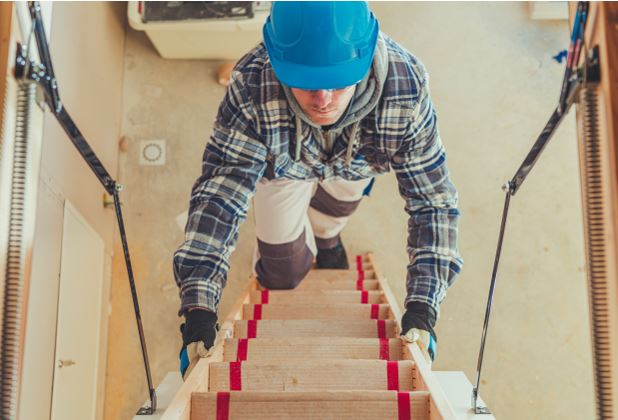 A great number of individuals have been assigned to working at home due to the Coronavirus pandemic, but even before the government suggested that people work from home as much as possible, many individuals were working remotely. However, lone workers have been a part of the workforce for some time, and they are not all remote workers.
A great number of individuals have been assigned to working at home due to the Coronavirus pandemic, but even before the government suggested that people work from home as much as possible, many individuals were working remotely. However, lone workers have been a part of the workforce for some time, and they are not all remote workers.
The “lone worker” is one who works alone with little or no direct supervision. Not only does this include remote work from home individuals, but it also includes people who may work outside the normal business hours, those who work alone at a business site, and anyone who works separately from others. In today’s modern world, being a lone worker has many advantages, but there are many possible dangers associated with this type of employment.
Lone worker safety policy
Many businesses who employ lone workers are adopting lone worker safety policy in an effort to prevent any harm from coming to the lone worker. These policies offer advice to the lone working employee him or herself, and steps are provided as to how to stay safe while working alone.
It is important not only to the lone worker, but to your business to address this particular working situation and offer a protocol in order to maintain the integrity of the business as well as the health of the employee.
When an employee works alone, if the individual has an accident of some sort, no one is present to assist the employee in getting help. An employee working alone often faces a greater risk of injury or illness (or serious consequences from said incident). Typically, this is because the employee could fall ill or experience an accident with no one else to provide assistance.
Companies should have a lone worker safety policy in place so that workers will not be at risk for injury due to accidents or illness, to protect them in the event they are attacked, and so that even those who work from home or who are self-employed contractors will be protected by the policy. Employers are responsible for even the contractors they hire to work remotely, so it is in the best interest of the company to create and adhere to a policy that protects the lone worker.
Hazards of lone working
Let’s talk about the hazards of lone working. First, the obvious dangers involve what has been mentioned before. If a contractor is alone, even while working remotely from home, and he or she falls ill with no one to assist, the worker could suffer for quite some before help might arrive. Contractors working alone also risk being assaulted or attacked while on the job site. A lone worker policy would help to prevent such activity. Finally, if a worker – especially a contractor who might work after hours – has an accident on the vacated job site, he or she could remain helpless until a new shift of workers comes in (typically the next morning).
It is important that companies prepare statements for what should take place before an accident happens or a lone worker falls ill. It is more important to address possible problems before they ever occur rather than to wait until after an accident has taken place, then work to remedy the issue.
What to do if something happens
When creating a lone worker policy, consider the particular responsibilities each lone worker has. Create a plan that entails what that individual should do in the event of illness or an accident. If a contractor works in a building after hours, provide certain safety measures that the person must undertake. Try to think of all the possible scenarios that might take place, and plan for those.
Businesses should have a lone worker policy as a means of insurance stating how remote workers or contractors should conduct themselves in the event of an emergency. This policy will not only benefit your business, but your workers as well by keeping them safe.
______________________________________________
Interesting related article: “What is Remote Working?“

